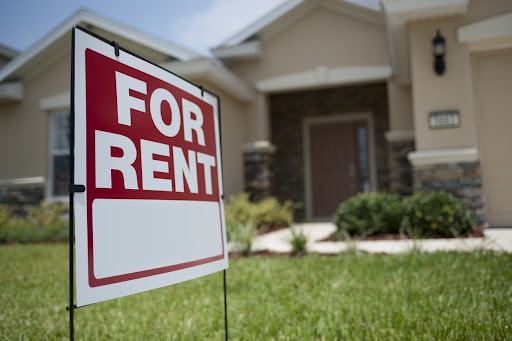If you owned any real estate investments in the Denver Metro Area in 2015 . . . CONGRATULATIONS!!! According to the real estate data collectors over at Zillow, your property value increased by an average of 16.1%. The median home value in the Denver Area has jumped to $328,100. If your rental property is located in the Colorado Springs market, you saw an average home value increase of 5.9% and saw median values climbing to $218,200 in 2015 . . . not a bad return either!*
But for long-term real estate investors, home values are much like looking at your paper gains or losses on your 401K statement. Portfolio balances are constantly moving up and down and unless you are ready to liquidate your holdings, current values don’t exactly do much for you. Sure, looking at higher property values might give you a better feeling or higher sense of security . . . and it does allow you to borrow more at the bank if you want to, but what matters most to long-term real estate investors is YIELD. What every investor eventually learns is that equity doesn’t pay the bills . . . rental rates do!
So where did rental rates go in 2015?
In conjunction with our partners at RentRange, our 3rd quarter data showed an increase in year-over-year rental rates of 13.9% in the Denver market. That compares with a 5.7% increase nationally during the same time period (it’s good to be in Colorado right now). What types of properties are seeing higher rental rate increases than others? According to Zillow, single-family homes are outpacing multi-family units when it comes to rental rate increases. Nationally, Zillow showed price increases in October of 4.5% for single-family homes vs. 3.9% increases for multi-family properties. They believe the primary driver is the limited supply of single-family rentals as compared to the number of more traditional apartments now available.
“REAL ESTATE CANNOT BE LOST OR STOLEN, NOR CAN IT BE CARRIED AWAY. PURCHASED WITH COMMON SENSE, PAID FOR IN FULL, AND MANAGED WITH REASONABLE CARE, IT IS ABOUT THE SAFEST INVESTMENT IN THE WORLD.” President Franklin Delano Roosevelt
![[Photo credit: Home Water Softener Reviews]](https://realpropertymanagementcolorado.com/wp-content/uploads/2015/12/home-ownership-300x200.jpg)
Current landlords are finding themselves operating rentals during a unique period of time in our country’s housing history and about all of the trends appear to be in their favor. U.S. home-ownership rates have fallen from their peak nearly 10 years ago from 69% to 64%. Each percentage point drop represents more than a million households, creating an equal number of renters. According to the Urban Institute, the predicted home-ownership rate is expected to continue its decline over the next 15 years to 61% as more Baby Boomers exit the market and Millennials (ages 18-34) choose to or can’t afford to enter the housing market. Here’s another interesting data set about the Millennials as it relates to housing. According to the MacArthur Foundation survey this year, 88% of Millennials aspire to own a home and 53% say it’s a high personal priority. However, whether its high amounts of student debt, tougher credit criteria or lagging wages, very few Millennials are following through on their home-ownership aspirations. According to this survey, homeownership for those aged 30-34 has dropped from over 50% to a record low of 45% and the median age of a first-time homebuyer has increased from 30 to 33 years old.
So where does it go from here?
The answer will primarily be impacted by the Fed’s decision on interest rates over the next few years. Money has been cheap . . . real cheap for several years and it appears that the cost of money (interest rates) will start to go up. Interest rate increases, when they occur, will only make purchasing a home more expensive. This will no doubt leave many potential home buyers on the sidelines (as renters) and will continue to drive down home-ownership rates. Landlords will continue to benefit and rental rates will continue to rise from this trend.
Here’s another observation from our perspective:
Colorado Springs is picking up steam. As the cost of living, specifically housing, has increased in the Denver Area, tenants have started looking for more cost-effective housing solutions. Gas prices (currently below $2.00/gal) have continued to decline so a longer commute is less of an economic barrier. We’ve seen tenants who were living in the Denver Area opt to move to Colorado Springs in search of lower-cost housing solutions.
2015 will go down in the books as one of the best years for Colorado landlords. Record-setting yields and some of the lowest vacancy rates in years have rewarded those who took the financial risk to purchase an investment property!
*Data from Zillow through November 30, 2015.





